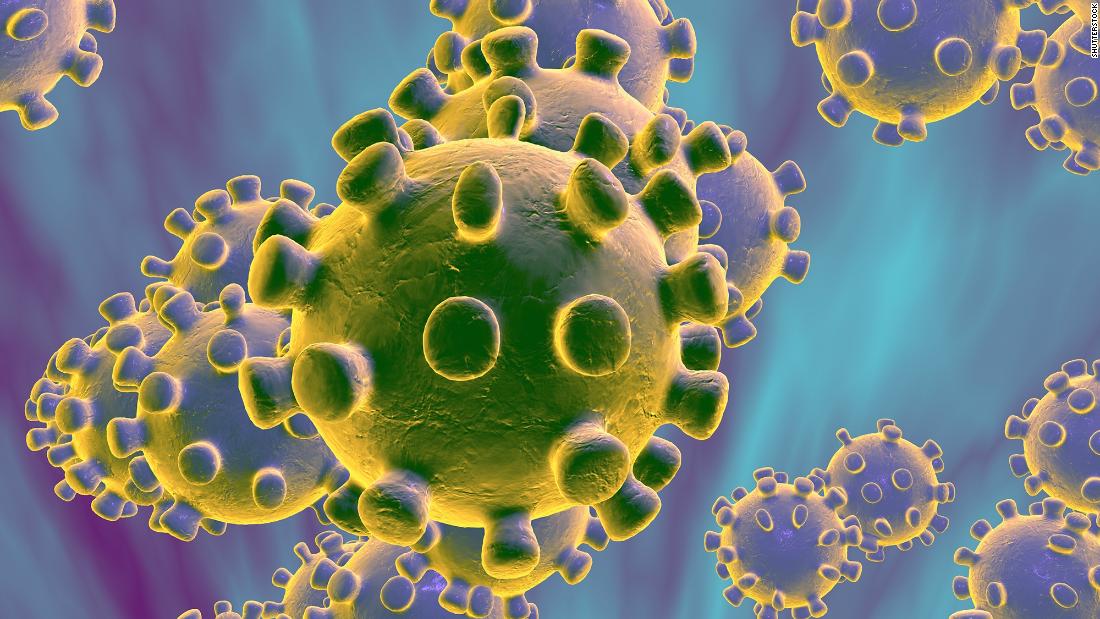If it is so mild, why are we worried? The outcome of any infection depends not only on the microbe but also on the ‘host’.
Whether it is a virus, bacterium, plant, or animal, the primary “purpose” of a species is to have as many copies of itself as possible. If a species reproduces and spreads extensively, it can be deemed successful in this sense.
Humans and coronaviruses are obsessed with each other now. There are hundreds of different types of coronaviruses in birds and bats, but only six sub-groups were recognised to cause human diseases. While four subgroups were responsible for the ubiquitous common cold, and two others caused SARS (severe acute respiratory syndrome, 2002) and MERS (Middle East Respiratory Syndrome, 2012), a new coronavirus that inhabited only bats so far, has perhaps accidentally jumped to humans.
This novel coronavirus, responsible for Covid-19 (coronavirus infectious disease, 2019), is possibly the most spontaneously successful species. It has already spread to millions of humans in more than 210 countries and territories on our planet and produced zillions of copies of itself. Importantly, it has accomplished this within five months, with no signs of settling.
What made this virus so successful, not only to survive in humans but to swiftly spread and traverse the whole world? Here are two principal reasons:
- High contagiousness: This virus spreads quickly between people. The highest concentration of this virus is in the upper respiratory tract, primarily throat and nose. When an infected person talks, coughs or sneezes, thousands of droplets of these viruses, covered in moisture, get expelled and settle down on the surfaces around us. When another person first touches these surfaces and then their mouth, nose, or eyes, the virus gets into their body. On the other hand, SARS and MERS coronaviruses replicate primarily in the lower respiratory tract, resulting in lower viral shedding. This novel coronavirus is super-efficient at this and in the mechanism of its entry into human cells using its protein attachments. The contagiousness of an infectious disease is depicted by R0 (pronounced R-naught), which is a measurable indicator of its reproductive capability. The R0 of Covid-19 is up to 5-6, much higher than that of SARS, MERS, and H1N1 influenza (2-4, <1 and 1.4-1.6, respectively). An R0 of 6 means that a person who has Covid-19 will transmit it to an average of 6 other people, and each of them will, in turn, transmit to 6 other people. However, R0 varies with time and in different geographical locations.
- Asymptomatic infections and mild disease: The typical features of Covid-19 include fever, dry cough, fatigue, running nose, nose block, sore throat, and in some, diarrhoea. The current estimation is that about 50-80% of infections are asymptomatic, and these individuals appear healthy and have none of these symptoms. However, when tested with throat and nasopharyngeal swabs, they will show the presence of the virus. More than 80% of the rest develop just mild symptoms, which are so negligible that they may go about their usual activities. Such asymptomatic and mildly symptomatic individuals help the virus survive and spread in human communities, and has become the Achilles’ heel of Covid-19 pandemic control all over the world.
If it is so mild, why are we so worried?
The outcome of any infection depends not only on the microbe but also on the “host”. This principle applies to the novel coronavirus too. When the elderly and those with pre-existing medical conditions (like diabetes, hypertension, kidney disease, heart disease, cancers) catch this virus, they tend to develop a severe illness. Many healthcare workers, who have prolonged exposure to this virus as part of their work while taking care of critical patients, have developed severe illness too. The heavy viral load may overwhelm their immune system, or their immune system may go for overkill and cause significant collateral damage resulting in multiple organ damage and death (cytokine storm).
If deaths happen in smaller numbers over more extended periods, as it happens with many other microbes, healthcare systems can handle the strain. This novel coronavirus, however, with its super-efficient contagiousness, is rapidly infecting millions. Even if a small proportion of those affected develops a severe or critical disease, they overwhelm the healthcare systems in most countries, resulting in countless deaths. Nevertheless, as argued above, mortality is more often due to “host” related issues than the virulence of the germ itself. We should expect such behaviour with “successful” microbes. The current case fatality rates
In the future, as our immune system learns to tolerate and tame this virus even better, the proportion of severe infections will become even lower. The novel coronavirus may become much more successful in terms of having as many copies of itself as possible.
We have billions of microbes in our body, coexisting symbiotically, and the novel coronavirus may also join this list. Microbes that reside in our body influence our health and wellbeing in numerous ways and are responsible for several non-infectious diseases too.
Eventually, this novel coronavirus may influence not only our external social behaviour but also our internal milieu. If so, is this good news or bad news? Who shall we consider victorious, humans, or the novel coronavirus?
Dr Shashikiran Umakanth, MD FRCP, is Professor and Head of the Department of Medicine at Dr TMA Pai Hospital, Udupi, Manipal Academy of Higher Education, Manipal, Karnataka. He is currently Nodal Officer for the Dedicated Covid-19 Hospital of Udupi district in Karnataka.

